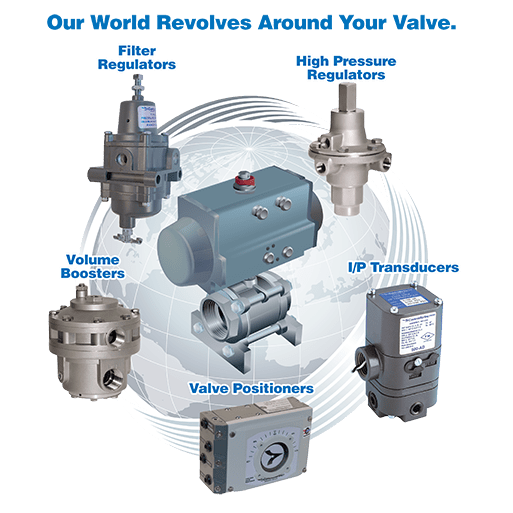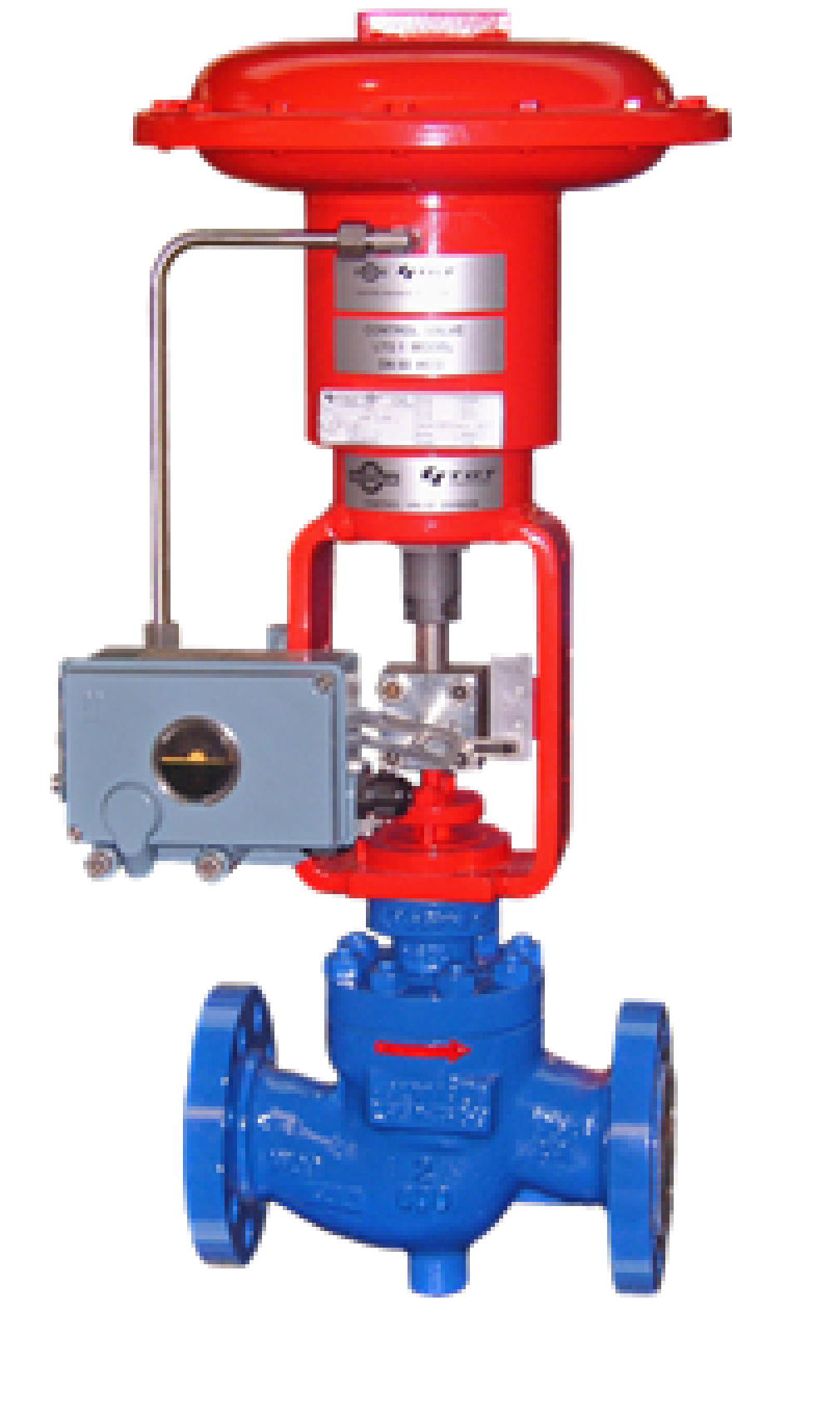Innovative Control Valves: Enhancing Precision and Dependability
Innovative Control Valves: Enhancing Precision and Dependability
Blog Article

Maximize Power Savings and Comfort With Advanced Structure Automation Controls
In the realm of contemporary style and facility monitoring, the integration of innovative building automation regulates stands as an essential improvement. By utilizing the power of automation, buildings can adjust, react, and evolve in ways that were once unthinkable.
Power Performance Advantages
Power performance benefits can considerably decrease energy consumption and operational expenses in structures. By executing energy-efficient methods and innovations, building owners and drivers can achieve considerable savings while also adding to ecological sustainability. Among the primary advantages of improving power effectiveness in buildings is the decrease of energy costs. Energy-efficient systems, such as innovative building automation controls, can maximize the usage of resources like home heating, cooling, and lighting, bring about lower energy expenses in time.
Additionally, improved energy performance can extend the life-span of building devices and systems. By running extra effectively, cooling and heating systems, light, and various other building parts experience less wear and tear, causing decreased upkeep and replacement costs. In addition, energy-efficient buildings frequently command greater residential property values and rental rates, giving long-lasting economic benefits to proprietors.
Additionally, power performance can enhance passenger comfort and efficiency. Effectively regulated interior environments with optimal illumination and thermal problems create a more helpful and pleasant work area, leading to enhanced worker satisfaction and performance. Generally, the power efficiency benefits connected with innovative structure automation controls are multifaceted, including expense financial savings, environmental stewardship, and resident health.
Boosted Comfort Control
Enhancing comfort control in structure settings calls for a sophisticated assimilation of advanced automation systems for ideal occupant wellness. By making use of sophisticated structure automation controls, facilities can tailor the interior environment to fulfill the particular requirements and preferences of owners. These systems make it possible for specific regulation of air flow, temperature level, and lighting, producing a comfortable and effective environment. Passenger contentment and performance are carefully linked to thermal convenience, making it important to have systems in position that can adjust to changing problems in real-time.
By incorporating these sophisticated controls, structures can not only boost convenience but likewise enhance energy effectiveness by maximizing system procedures based on real occupancy and use patterns. Inevitably, focusing on resident convenience through advanced automation systems leads to a much more satisfying and much healthier interior atmosphere.
Functional Efficiency Improvements

Furthermore, the application of real-time monitoring and analytics tools makes it possible for building operators to recognize power inefficiencies and functional anomalies promptly. By constantly checking energy usage patterns and system performance metrics, adjustments can be made in real-time to optimize power consumption and guarantee peak operational efficiency. control valves. In addition, including demand response strategies into structure automation controls can further enhance functional efficiency by dynamically changing energy use based on grid problems and rates signals
Indoor Climate Optimization
Reliable indoor climate optimization is a basic element of building automation controls, ensuring residents' convenience and health while optimizing power financial savings. By utilizing sophisticated sensing units and controls, constructing automation systems can constantly keep an eye on and readjust temperature level, review moisture levels, air quality, and ventilation to create an ideal indoor atmosphere. Maintaining comfy and regular problems not just enhances occupant fulfillment yet also enhances performance and overall well-being.
Interior environment optimization additionally plays an essential role in energy efficiency. By fine-tuning cooling, air flow, and heating systems based on real-time data and occupancy patterns, constructing automation controls can considerably decrease energy intake - control valves. Executing strategies such as demand-controlled ventilation and thermal zoning can assist reduce power waste while guaranteeing that each area of the building receives the essential conditioning.

Sustainable Setting Production
Structure automation regulates not just enhance indoor climate problems for energy performance and resident convenience however additionally lay the foundation for producing a lasting atmosphere through calculated management of systems and resources. By incorporating sophisticated structure automation modern technologies, such as sensing units, actuators, and intelligent software program, facilities can adjust and keep track of energy usage in real-time to decrease waste and decrease their carbon impact. These systems allow predictive maintenance, determining prospective issues prior to they rise and optimizing equipment performance to boost longevity and efficiency.
Additionally, lasting environment creation prolongs past Look At This energy monitoring to encompass water conservation, waste decrease, and indoor air top quality improvement. Building automation controls can control water use, find leakages, and make sure appropriate garbage disposal practices, adding to total sustainability efforts. Furthermore, by keeping track of and regulating ventilation and filtration systems, these technologies enhance resident health and performance find here while lowering power usage related to heating and cooling operations.
Conclusion
In conclusion, progressed structure automation regulates deal considerable advantages in terms of energy cost savings, convenience control, operational efficiency, indoor environment optimization, and developing a lasting environment. By executing these controls, buildings can attain ideal performance while reducing power intake and improving occupant convenience. It appears that using advanced automation technology is essential in improving structure efficiency and producing a more sustainable future.
Power effectiveness benefits can significantly decrease energy intake and operational costs in buildings. On the whole, the power efficiency advantages connected with innovative building automation controls are diverse, encompassing price savings, environmental stewardship, and resident health.
Additionally, including need reaction techniques into structure automation controls can better enhance operational performance by dynamically readjusting power use based on grid conditions and prices signals.
Building automation manages not only enhance indoor climate conditions for power performance and owner comfort yet additionally lay the structure for developing a sustainable setting through tactical monitoring of resources and systems.In verdict, progressed building automation regulates offer substantial advantages in terms of power savings, comfort control, functional performance, indoor climate optimization, and developing a lasting setting.
Report this page